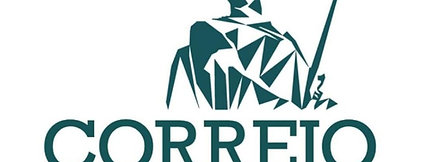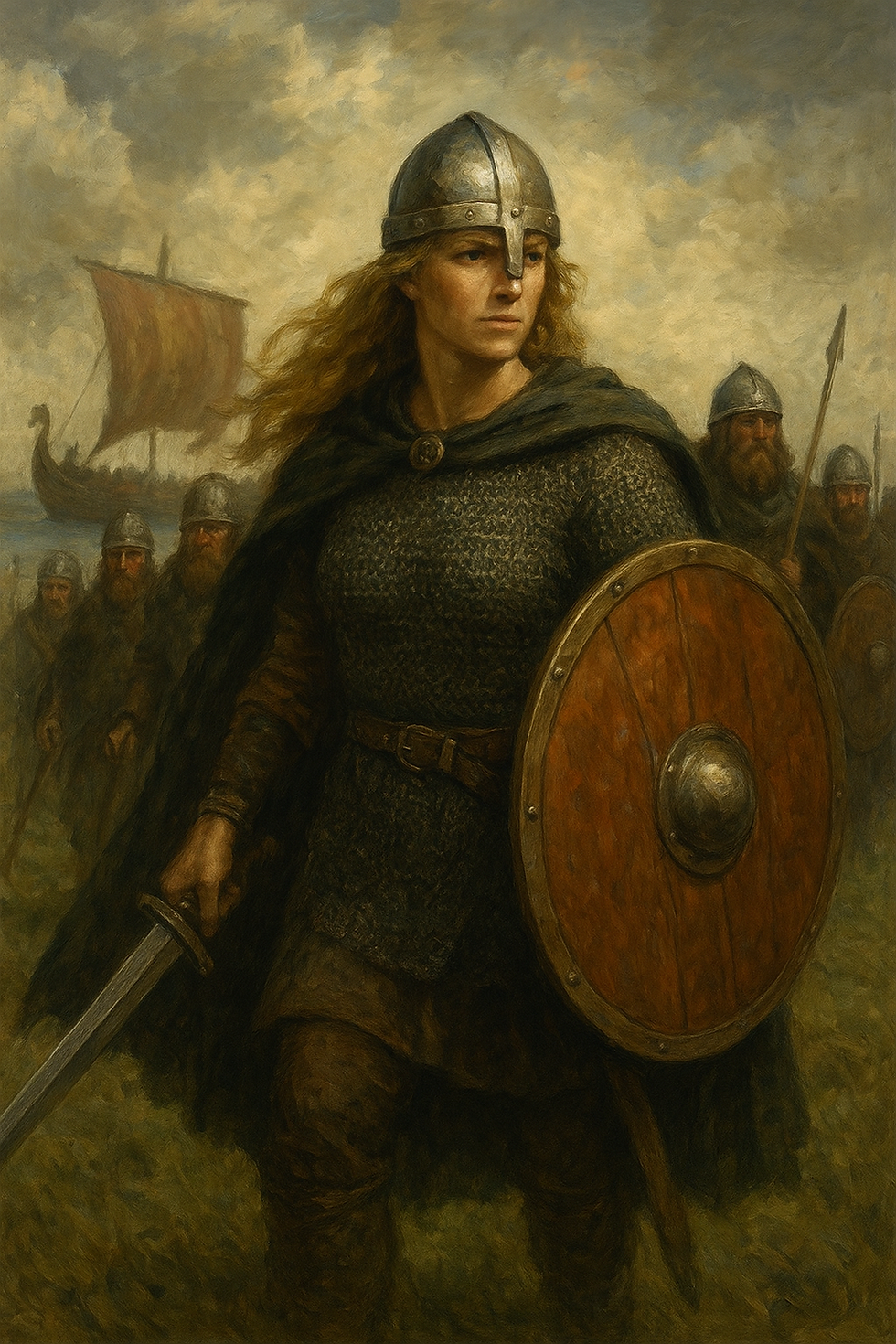The Mosaic of Hagia Sophia Where Earthly Power Bows Before the Sacred
- correio_da_historia

- Sep 5
- 2 min read

In the upper galleries of the former Hagia Sophia basilica in Istanbul lies one of the most striking testimonies of the encounter between political power and religious transcendence. It is the famous mosaic where the Virgin Mary, seated on a throne with the Child on her lap, receives the offerings of two Byzantine emperors. To the left, Constantine presents the city he founded, Constantinople. To the right, Justinian offers the monumental church he built as a symbol of Christian faith and imperial glory.
The mosaic, dating from the 10th century, was created after the end of the iconoclastic crisis that shook Byzantium for more than a century. During that period, the systematic destruction of religious images divided the empire between defenders and opponents of icon veneration. The return of sacred art to the basilica was not only an aesthetic gesture, but above all a declaration of orthodoxy and continuity. By placing the Mother of God at the center, flanked by the two greatest builders of the city, the empire proclaimed itself the heir of an unbreakable tradition, uniting its founding past with its glorious present.
The choice of Constantine and Justinian was no accident. Constantine, who transformed Byzantium into New Rome, was remembered as the first Christian emperor, the visionary who gave faith a throne at the heart of the empire. Justinian, in turn, embodied architectural and legal magnificence, the sovereign who built Hagia Sophia and codified the laws that would shape European civilization. Both appear in attitudes of humility, offering their greatest achievements to the intercession of the Mother of Christ.
The symbolism is clear. Imperial power, which on earth claimed to be absolute, bowed before spiritual authority. The city and the basilica, pillars of Byzantine identity, appeared as human offerings submitted to divine will. In this image, eternalized in golden and blue tesserae, the viewer perceives the fusion of politics and religion that defined Byzantium: the notion that the capital and the church did not belong solely to the emperor but were part of the universal heritage of faith.
Today, as one walks through the galleries of Hagia Sophia, between Byzantine splendor and Islamic inscriptions that testify to centuries of transformation, the visitor finds in this mosaic the synthesis of Constantinople’s history. A city offered to the Virgin by the hand of its founder, and a church presented as the jewel of Christendom, reminding us that the destiny of empires and monuments is fulfilled only when we acknowledge what transcends them.
Paulo Freitas do AmaralProfessor, historian and author





Comments